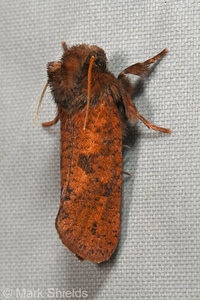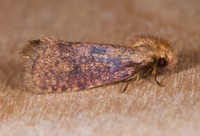
| Recorded by: Jeff Niznik, David George, Rob Van Epps, Kevin Metcalf on 2025-07-20
Richmond Co.
Comment: | 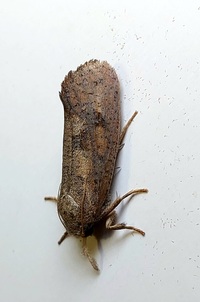
| Recorded by: Mark Basinger on 2025-07-12
Rowan Co.
Comment: |

| Recorded by: Dean Furbish on 2025-06-30
Wake Co.
Comment: | 
| Recorded by: David George, David Cheng, Patrick Coin on 2025-06-29
Richmond Co.
Comment: |
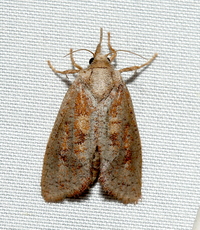
| Recorded by: David George, David Cheng, Patrick Coin on 2025-06-29
Richmond Co.
Comment: | 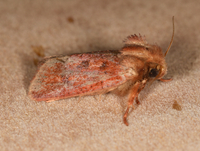
| Recorded by: Jim Petranka, Mark Basinger and Becky Elkin, David George on 2025-06-29
Richmond Co.
Comment: |
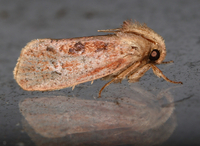
| Recorded by: Jim Petranka, Mark Basinger and Becky Elkin on 2025-06-29
Richmond Co.
Comment: | 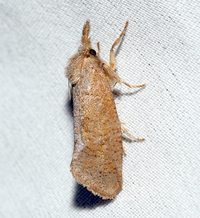
| Recorded by: David George, David Bradley, Becky Watkins, David Cheng, Michelle Lotker, Tracy Feldman, et al. on 2025-06-28
Durham Co.
Comment: |
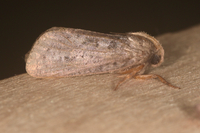
| Recorded by: Jim Petranka, Mark Basinger and Becky Elkin on 2025-06-28
Moore Co.
Comment: | 
| Recorded by: Jim Petranka, Mark Basinger and Becky Elkin on 2025-06-28
Moore Co.
Comment: Specimen was dissected. |

| Recorded by: Mark Basinger on 2025-06-27
Rowan Co.
Comment: | 
| Recorded by: Mark Basinger on 2025-06-25
Buncombe Co.
Comment: |

| Recorded by: Mark Basinger on 2025-06-22
Buncombe Co.
Comment: | 
| Recorded by: Allison Garton on 2025-06-20
Moore Co.
Comment: |

| Recorded by: Jeff Niznik, David George, Larry Chen, Sarah Toner, Joye Zhou on 2025-06-20
Richmond Co.
Comment: | 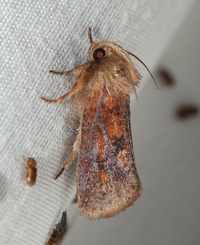
| Recorded by: Jeff Niznik, David George, Larry Chen, Sarah Toner, Joye Zhou on 2025-06-20
Richmond Co.
Comment: |

| Recorded by: Mark Basinger on 2025-06-18
Brunswick Co.
Comment: | 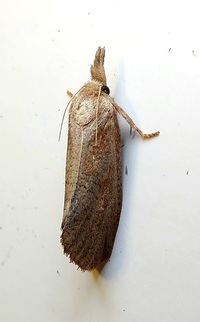
| Recorded by: Mark Basinger on 2025-06-18
Brunswick Co.
Comment: |

| Recorded by: R. Newman on 2025-06-18
Carteret Co.
Comment: | 
| Recorded by: Dean Furbish, Lior S. Carlson on 2025-06-17
Alamance Co.
Comment: |
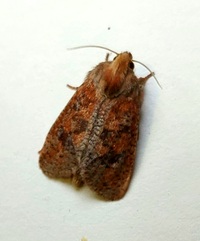
| Recorded by: Mark Basinger on 2025-06-14
Rowan Co.
Comment: | 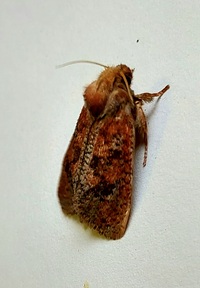
| Recorded by: Mark Basinger on 2025-06-14
Rowan Co.
Comment: |
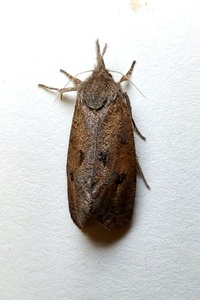
| Recorded by: Mark Basinger on 2025-06-14
Rowan Co.
Comment: | 
| Recorded by: Mark Basinger on 2025-06-14
Rowan Co.
Comment: |

| Recorded by: Mark Basinger on 2025-06-14
Rowan Co.
Comment: | 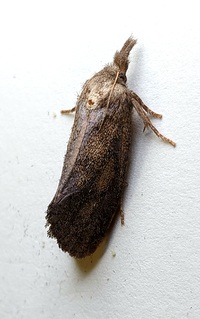
| Recorded by: Mark Basinger on 2025-06-14
Rowan Co.
Comment: |

| Recorded by: R. Newman on 2025-06-11
Carteret Co.
Comment: | 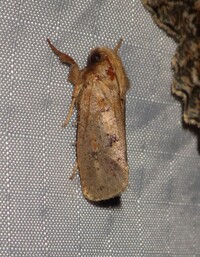
| Recorded by: Lenny Lampel on 2025-06-03
Mecklenburg Co.
Comment: |
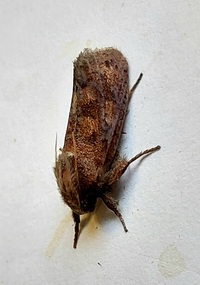
| Recorded by: Mark Basinger on 2025-05-31
Brunswick Co.
Comment: | 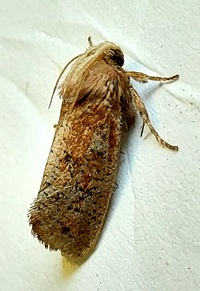
| Recorded by: Mark Basinger on 2025-05-31
Brunswick Co.
Comment: |
|

 »
»